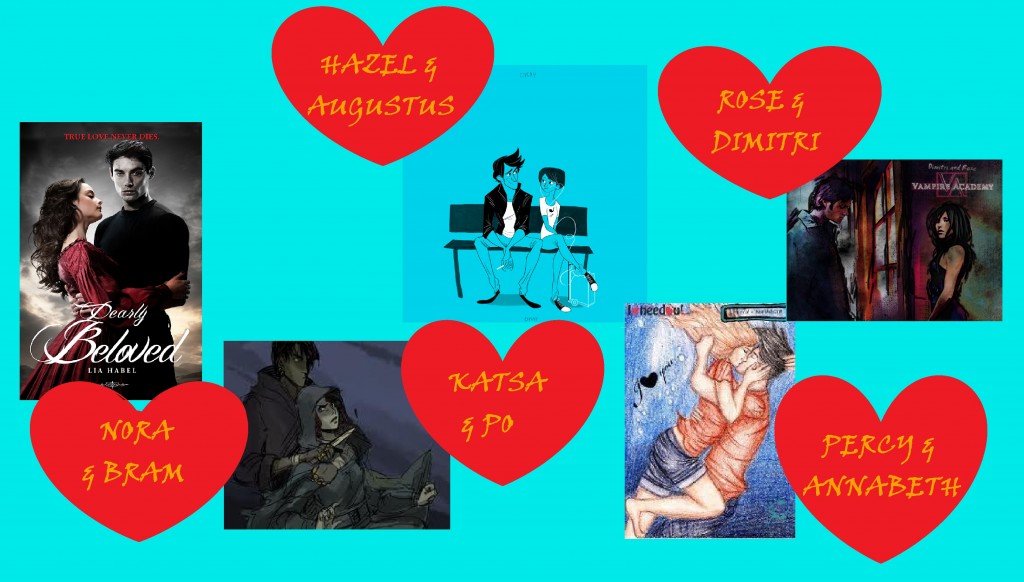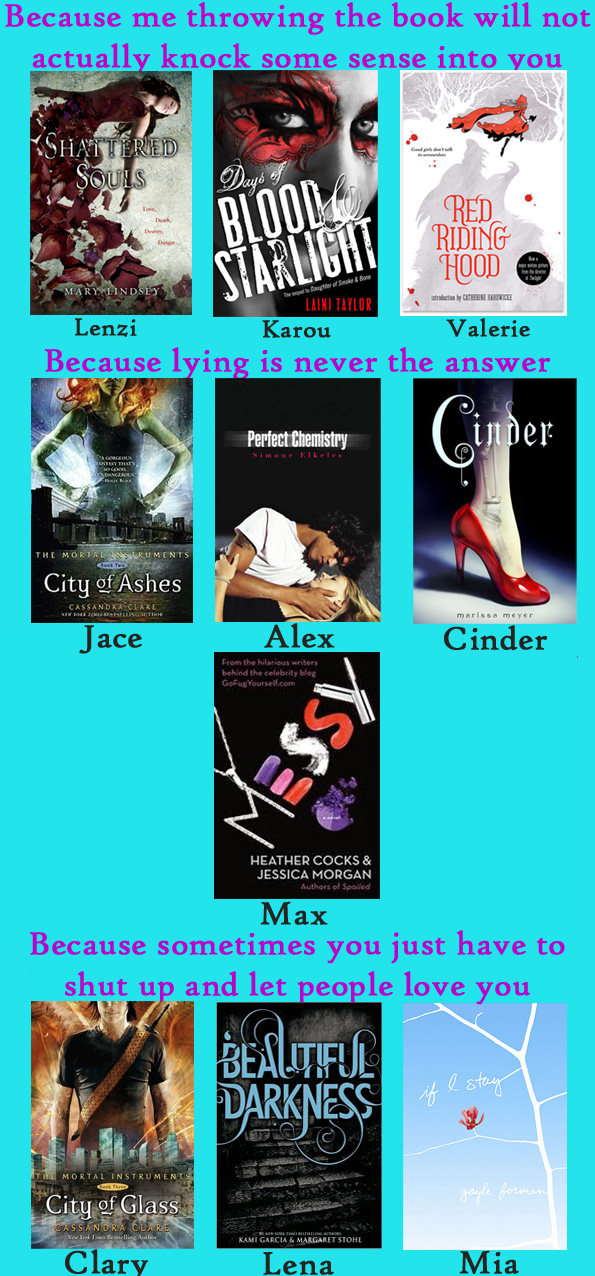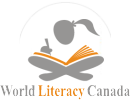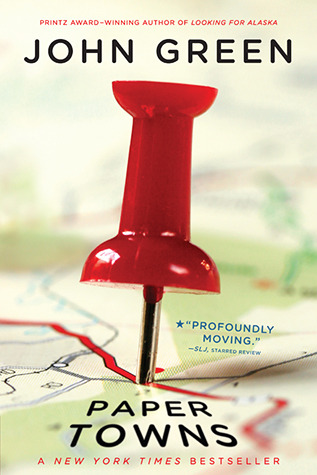
Ana's Rating
Readers Rating
Quentin Jacobsen has spent a lifetime loving the magnificently adventurous Margo Roth Spiegelman from afar. So when she cracks open a window and climbs back into his life—dressed like a ninja and summoning him for an ingenious campaign of revenge—he follows.
After their all-nighter ends and a new day breaks, Q arrives at school to discover that Margo, always an enigma, has now become a mystery. But Q soon learns that there are clues—and they’re for him. Urged down a disconnected path, the closer he gets, the less Q sees of the girl he thought he knew.
Paper is everywhere. From your mindless schoolwork to your petty job to the two-dimensional people and the two-dimensional places that satisfy them, we are living in a paper world. Thin, pliable, and easily stained, paper isn’t all bad. But to people like Margo Roth Speigelman, ‘not all bad’ will not suffice. Commitment to a higher calling abandons paper in search of something more.
Margo Roth Spiegelman has found that something more. Quentin Jacobsen, however, has not. John Green’s Paper Towns is about a boy in search of the truth– and in search of a girl who rocked his world and fled shortly thereafter.
What is youth? As a teenager, I guess that I should know. But John Green could tell you better than anyone: sweet revenge, breaking high school records and last-minute road trips with only four bathroom breaks. It’s separating your idea of people from the people themselves, wearing absolutely nothing under your graduation robes and accepting your colleagues for who they are. Introspection. Rebellion. Goodbyes. Friendship.
I cannot fathom how Green managed to incorporate all of these elements into one novel–and a short one at that–but I don’t care. It rang true, effortlessly mirroring typical teenage banter and infinitely impacting readers in a way that they will remember for the rest of their lives, or at the very least the rest of their teenage years. It is one thing to write philosophy, and it is another thing entirely to write for young adults. Green managed both while exploring the very essence of growing up.
Although I must say that Paper Towns‘ metaphysical soliloquies changed my life (or the way I view it, anyway), my favourite part the novel was honestly the nerdy characters. Any teenage girl will solemnly tell you that badass guys are fantastic, but on behalf of all self-proclaimed nerds I can attest to real-life dorks being one step above them all. Nothing beats nerdy boys swapping witty– and geeky– comments and casually quoting T.S. Eliot in everyday conversation. Don’t believe me? Just see for yourself.
Despite being the only one of us who owned the game, I wasn’t very good at Resurrection. As I watched them tramp through a ghoul-infested space station, Ben said, “Goblin, Radar, goblin.”
“I see him. Come here you little bastard,” Ben said, the controller twisting in his hand. “Daddy’s gonna put you on a sailboat across the River Styx.”
“Did you just use Greek mythology to talk trash?” I asked.
Radar laughed. Ben started pummeling buttons, shouting, “Eat it, goblin! Eat it like Zeus ate Metis!”
Expertly, Green’s characters also possess a commendable reality/relatability factor. Regardless of some of them being unwittingly held up on pedals before being stripped to the core, I was able to grow with them throughout the novel. A wonderful supporting cast pulls through once again in the most unlikely ways, and I daresay that I was wowed.
Perhaps it’s the quirkiness of Paper Towns that makes it an overall likable novel. (Awkward teenage boy narrators, their geeky friends, and the frequent use of the term ‘honneybunny’ tend to make for a quirky book.) Characteristic of John Green, this kooky style is a favourite of mine: ironic life truths spoken parallel to chuckle-inducing one-liners never fail to charm.
If Paper Towns began with a bang (and it did), it ended with fireworks. And not the gorgeous, awe-inspiring, typical fireworks that everyone and their dog love to admire, but the whimsical and understated fireworks that no one dares to showcase. This resolution was bittersweet: no hope, no love, no glory, no happy ending. Just truth. I loved it.
This novel is for you if you like nerdy jokes, old-school mysteries, references to old music and even older poetry and prose, and awkward romances between celestial beauties and socially clumsy beasts. I can safely say that John Green will be on my auto-buy list for a long time to come. 4.6/5 stars.
I’ll keep you posted,
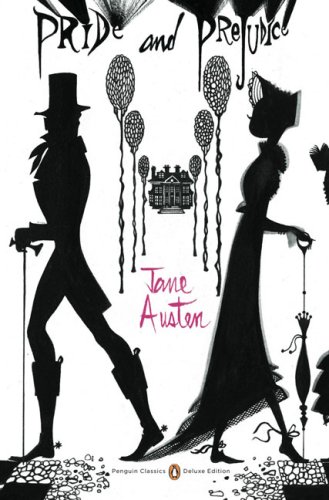
Ana's Rating
Readers Rating
I wrote this review for school, so this review may sound a little staged. My apologies.
On the bright side, this project has led me to one of my new life passions: The Lizzie Bennet Diaries. A modern twist on a favourite classic, I present to you a vlog starring your one and only Elizabeth Bennet.
Elizabeth Bennet is best described as playfully impertinent: outspoken, but honest, and critical of frivolousness. Despite her mother’s intentions and despite her century’s fashion, Elizabeth is determined to marry for nothing other than affection. No economic advancement will sate her thirst for true love. She’s a little ahead of her time.
Moreover, to her mother’s great displeasure, our Lizzie is dreadfully obstinate. For example, when her simpleton of a cousin proposed to her, Elizabeth refused him despite her mother’s threats of disownment. She even rejected Mr. Darcy when he proposed to her for the first time, saying “I had not known you a month before I felt that you were the last man in the world whom I could ever be prevailed on to marry.” Harsh, much? At the time, of course, I considered Darcy to be somewhat of an asshole, and so I rejoiced in this refusal.
Darcy is not an asshole. I learned this the hard way. But excuse me for being offended on Elizabeth’s behalf when he calls her ugly the first time they meet. And then later on, when he realizes that she’s not, in fact, as devastatingly grotesque as he first thought, he declares that “He really believed, that weren’t if for the inferiority of her connections, he should be in some danger.”. Well, by all means, Mr. Darcy. You should definitely pursue Elizabeth, then! Looks are all that matter in a relationship!
Nonetheless, you must not be fooled by this pride and prejudice. Despite his many flaws, Darcy is really a hopeless romantic at heart. When he first admits to Elizabeth his feelings for her, he says “In vain I have struggled. It will not do. My feelings will not be repressed. You must allow me to tell you how ardently I admire and love you.”. Swoon.
Darcy’s flaws are what make him real. They’re what make him human. They’re what make Pride and Prejudice something more than just a shallow, idealistic romance novel.
This book was actually originally entitled First Impression, and rightfully so. When you meet someone for the first time, you judge them. It’s a human default, if you will. However, this judgment is not objective. It’s based on your opinion of yourself and your opinion of the rest of the world: pride and prejudice. When Darcy and Elizabeth meet for the first time at a ball, Darcy deems Lizzie ugly and refuses to dance with her. What the reader must understand is that this is a natural reaction; Darcy stems from a family of an incredibly high class, so what’s some poor girl to him? As for Elizabeth, she declares that Darcy is conceited beyond all salvation and vows to hate him forevermore. For a large part of the novel, she even refuses to see any good in Darcy because she’s so offended about their first meeting.
This is just one of the novel’s many examples that demonstrate the undercurrents of pride and prejudice in society.
To return to Pride and Prejudice’s most prevalent theme, marriage plays a huge role in this novel. From its ironic first sentence, “It is a truth universally acknowledged, that a single man in possession of a good fortune, must be in want of a wife.” (Austen, page 1), to Mrs. Bennet’s thinly veiled representation of the theme of marriage, to the overbearingly nuptial focus of the plot, I think that I had a marriage overdose. Even when I finally understood the implications of living in the early nineteenth century, I dismissed all passages pertaining to the theme of marriage as frivolous and rolled my eyes through about two thirds of my reading.
At one point, however, Lizzie was talking to a haughty, proud and prejudiced character who was trying to separate the couple due to the social chasm between them. Elizabeth’s response was “He is a gentleman; I am a gentleman’s daughter; so far we are equal.”.
And then, finally, it hit me: Austen’s going on and on about marriage is really her means of social criticism. The theme of marriage is actually the theme of society’s injustice in disguise. In Austen’s chauvinist world, men and women were never equal; women had to marry in order to survive. Her grim portrayal of her society in Pride and Prejudice reflects that and condemns it. She does this not only through one-liners throughout the novel and the scolding of stereotypical theme advancing characters, but through the ultimate irony: Mr. Darcy makes ten thousand pounds a year, which is our equivalent of a millionaire. In defying her society’s expectations and marrying the man whom she loves, Elizabeth hit the jackpot.
Finally, I absolutely recommend Pride and Prejudice. Its characters and their romances will not fail to charm, its setting will most likely induce a reality check, and its themes will blow your mind. Moreover, you can enjoy this novel on many levels, be it thoughtless romance or profound criticism of early nineteenth century society. And, if not, you always have Pride and Prejudice and Zombies.

I’ll keep you posted,
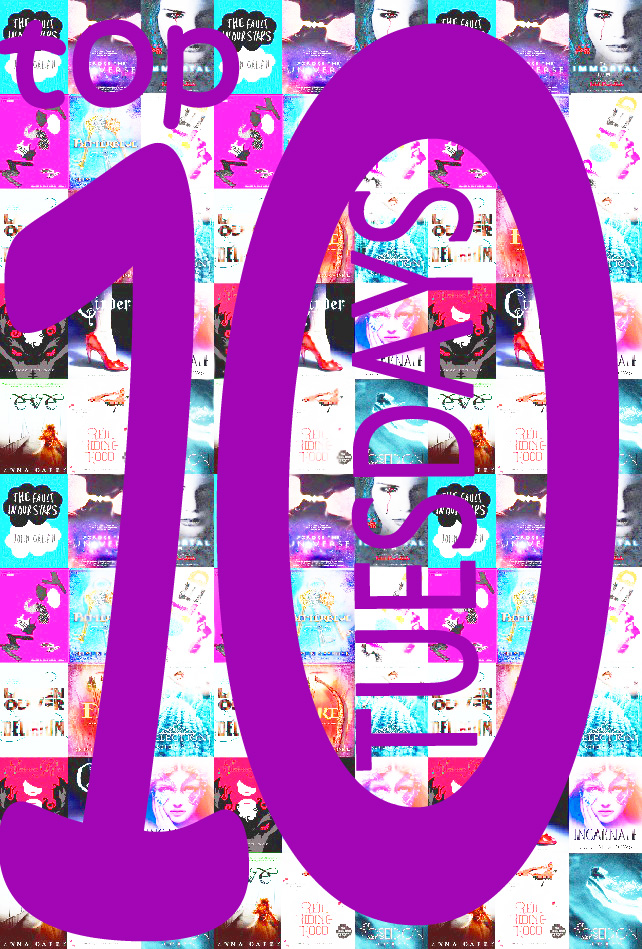
February 12th, 2013
Top Five Favourite Romances
Happy Tuesday! (Almost) every Tuesday at around this time, I participate in The Broke and the Bookish‘s Top Ten Tuesday weekly meme. This week’s theme is Top 1o favourite romances, in honour of Valentine’s day, of course. And I have to tell you that I’ve come out of this whole thing enlightened. The truth is, I’m not really a romance person. I’ve managed to find five romances that really tickle me pink, so… let’s just pretend that they count for two this week, shall we? Anyway, I’m listing in no particular order:
Oh, and just one more shout-out. My absolute favourite fictitious couple is Rick O’Connell and Evelyn. Oh yes, I’m a Mummy fan. And proud.
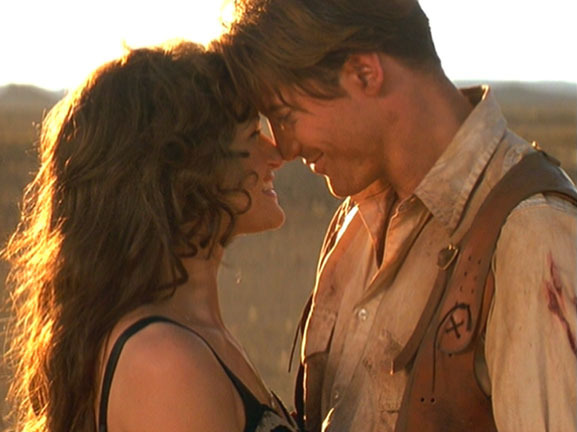
PS: The awesome images are from these sources:
Katsa and Po
Hazel and Augustus
Percy and Annabeth
Rose and Dimitri
Happy Valentine’s day!
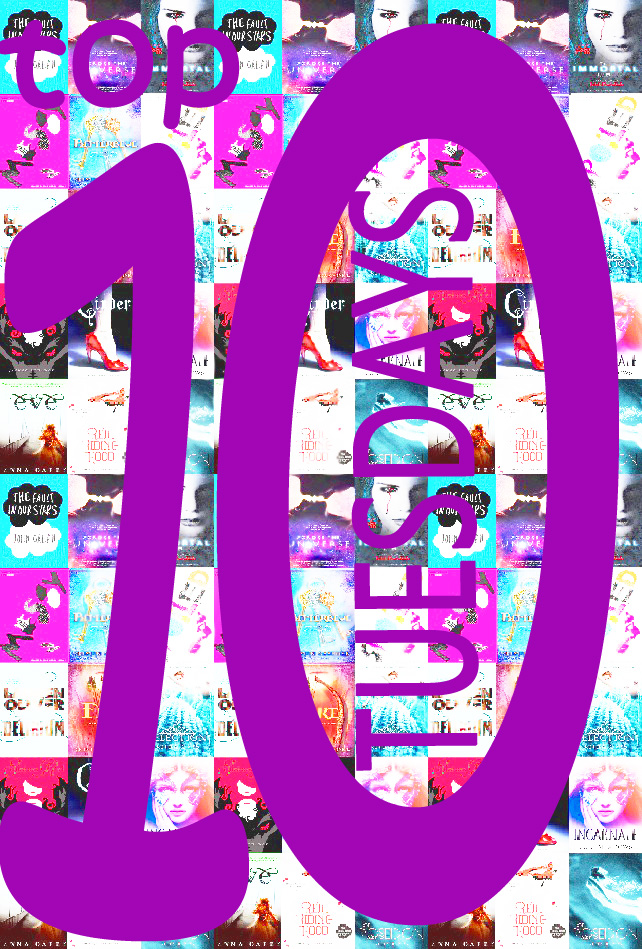
February 5th, 2013
Top Ten Most Frustrating Characters Ever
Happy Tuesday! (Almost) Every Tuesday at around this time, I participate in The Broke and the Bookish‘s Top Ten Tuesday weekly meme. This week’s theme is Top 1o most frustrating characters ever, and I have to say that it was hard to narrow it down. However, I managed, and I’m listing in no particular order:
I’ll keep you posted,
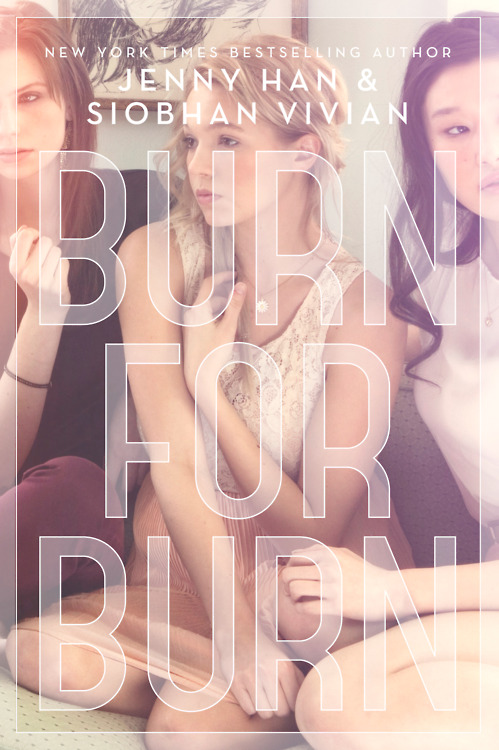
Ana's Rating
Readers Rating
Whew! This month has just been dragging along. Long time, no reviews. High school exams are so not my idea of fun. The good news? I won’t have to deal with them again until June. The bad news? This semester I’m taking two language classes, so I’ll have less time for pleasure reading. Total downer. At least non-pleasure reading involves a few classics, and those are always interesting. I’ve just begun Pride and Prejudice, and let me tell you that I did not expect Darcy to be as catty as a teenage girl. Tall, dark, and handsome, sure, but that doesn’t make up for everything else.
But on to Burn for Burn. I wish that I could tell you that Han and Vivian’s first collaboration was a smoking hot read, but alas, it isn’t so. Sure, it got fiery, but as blazing as its title would lead you to believe? I don’t think so. Let’s, however, start this review on a positive note.
First things first: I love Jar Island. Forget elaborate settings, there is nothing better than revenge in a small town. Made up of beaches, independent restaurants and only one high school, Jar Island is practically the definition of picturesque. And the best part? There’s no escape. The only way to the mainland is by ferry. Does this handy feature ever make for some entertaining situations…
Nonetheless, Jar Island isn’t quite as lovely as it first seems. Its charming character entails a few unfortunate back stories. Lillia, for instance, had an action-packed summer. She’s just hoping that her little sister won’t be as adventurous as she was. Kat has been the hot topic of the rumor mill one too many times, and is ready to let her ex-BFF take that spotlight. Mary has just moved back to town, ready for the first time in years to confront the ghosts of her past. Each one of these ladies has been burned, and they’re ready to repay the favor. And, boy, if hell hath no fury like a woman scorned, than you can only imagine the terror wreaked by three such women whose resources are pooled. I’ll tell you one thing: it’s not pretty.
Burn for Burn‘s narration varies, featuring these three protagonists’ points of view in different chapters. This isn’t as confusing as you might think, though, and I have to say that I very much appreciated this element of the novel. Their unique voices and different perspectives showcased different dimensions of each character. Moreover, their staggering flashbacks, which revealed their every little secret bit by bit, were extremely well done. These definitely kept the suspense high and the pages turning.
My final aftertaste of this novel is actually something haunting. I’m surprised by how well it captured the desperate attempts to attain popularity, the cruelty of the popular, the betrayal dispatched in order to better reputations, the loss of friendship, the loss of innocence and the loss of priorities that plague students everywhere. If nothing else does, this component of Burn for Burn merits recognition.
Despite my high praise, I have a few issues with this novel, the first of which being its ending. And what an ending that was. Emotional? Yes. Unforeseen? Yes. Satisfying? Absolutely not! To be fair, I guess that I came into this whole thing blind. I had no idea that Burn for Burn was the debut of a trilogy when I picked it up, so you can imagine my shock when I flipped to the last page and found a total of zero resolutions. Had it been another hundred or so pages longer and thus transformed into a standalone, my quench for an overall good read would have been assuaged. But as it stands, I’m more than a little surprised; I’m downright aghast. There is a fine line between cliffhanger and ending-less. Suffice it to say that Han and Vivian have crossed that line.
I was once again astounded when I came across the hint of something paranormal towards the end of Burn for Burn. Apparently, when it comes to the unexpected, these author just won’t give us readers a break. As much as I admire their attempts at originality, sometimes simplicity is key. This is one of those times. A good, cold plate of revenge is exactly what I wanted– no more, no less. Again, if Burn for Burn had been a standalone and perhaps lost this paranormal element, I would have been a much happier camper.
Finally, Burn for Burn merits 3.1/5 stars. I recommend this one to those of you who have been burned before, need something unexpected in your lives, and enjoy unhealthy doses of suspense.As for the sequel, my interest is piqued, but my guards are up.
I’ll keep you posted,
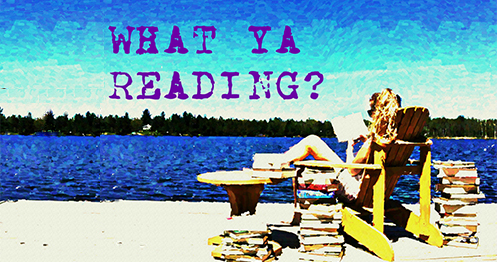

![[Twitter]](http://www.whatyareading.com/wp-content/plugins/bookmarkify/twitter.png)
